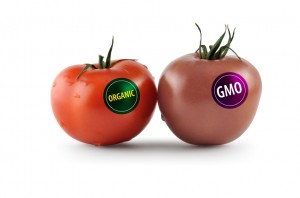Fats it`s your Life?
Food for Thought: Fatty acids are classified as saturated, polyunsaturated and monounsaturated. A saturated fatty acid contains a hydrogen atom at all available carbon bonds, which makes them highly stable. Your body makes saturated fatty acids and they are found higher in animal fats and tropical oils. Polyunsaturated fatty acids have two or more pairs of double bonds and, therefore, lack four or more hydrogen atoms. Polyunsaturated fatty acids include omega-6 and omega-3 fatty acids, the omega number indicating the position of the first double bond. Monounsaturated fatty acids like omega-9 and omega-7, lack two hydrogen atoms. 
The polyunsaturated fatty acids, linoleic acid and alpha-linolenic acid, are considered essential fatty acids (EFA) because the body cannot produce them, so we must consume them from whole foods, like nuts, seeds and vegetables. Both of these must be converted in our bodies into longer chain fatty acids to serve a beneficial biological function. Alpha-linolenic acid converts into docosahexaenoic acid (DHA), eicosapentaenoic acid (EPA) and prostaglandin E3 (PG-E3). Between 50-60% of the dry weight of the adult brain is lipid, and 1/3 of these lipids are mostly DHA. Unfortunately, many of us are deficient in the nutrients and minerals required to convert linoleic and alpha-linolenic acids into the longer chain fatty acids. Tuna, krill, cala-mari, cod and many other fish and animals that eat alpha-linolenic acid containing foods will produce DHA, EPA and PG-E3. When we eat whole animal foods, we receive these longer chained polyunsaturated fatty acids and can benefit from them immediately, rather than rely on our own body’s resources and enzymes to produce them. While linoleic and alpha-linolenic acid are considered essential, it is more suitable for people who are clinically undernourished to eat both animal and plant sourced fats and oils.
The main differentiating factor between a fat and oil is the temperature that it becomes a solid (fat) or a liquid (oil). Animal fats such as butter, lard and tallow contain 40-60% saturated fat and are solid at room temperature. Vegetable oils, such as olive and peanut oil from northern climates, contain a majority of polyunsaturated fatty acids and are liquid at room temperature. Vegetable oils from the tropics, such as coconut and palm oil, are highly saturated. Coconut oil is liquid in the warmer tropics, but hard as butter in cooler locations. Plants must maintain additional stiffness in the hot climates of the tropics, so they naturally produce an increased proportion of saturated fatty acids.
News about health and not only interesting facts of modern society, the discussion – see it all on YouTube channel, one of the few reputable Canadian Health Organizations – https://www.youtube.com/user/canadianhealthmall also welcome to their site.
